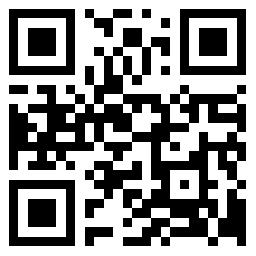
Contact Number:+86 755-28411400

The main difference between ODM and OEM is that the latter is proposed by the client for the product design plan - no matter who completes the overall design and the client is not allowed to provide products for the third party to use the design; the former from design to production It is completed by the producer itself, and the brand is bought after the product is formed.
Whether the producer can produce the same product for a third party depends on whether the OEM has bought out the design. OEM products are tailor-made for brand manufacturers. They can only use the brand name after production. They must not be crowned with the producer's own name for production. ODM depends on whether the brand company has bought the copyright of the product.
If not, the manufacturer has the right to organize the production itself, as long as there is no design identification of the company. To put it bluntly, the difference between OEM and ODM is that the core of the product is who owns the intellectual property rights. If the entrusting party enjoys the intellectual property rights of the product, it is OEM, which is commonly known as "OEM"; and if it is the producer The overall design is ODM, commonly known as "OEM".
① The firing temperature is different: the firing degree of pottery is generally around 800 ℃, and the porcelain needs a high temperature of 1300 ℃ to fire;
②Different raw materials are used: The pottery material copy of pottery is ordinary clay, and the pottery material of porcelain is porcelain clay, namely kaolin (because it was first discovered in Gaoling Village, Dongxiang, Jingde Town, Jiangxi);
③The degree of hardness is different: the firing temperature of the pottery is low, the carcass is not completely sintered, the tire body is rough, and the water absorption rate of the cross section is high. The tire is strong and dense, and the cross-section is basically non-absorbent, and the sound is crisp and clear when struck;
1. High mechanical strength;
2. Good wear resistance and corrosion resistance;
3. Good thermal stability;
4. Rich raw materials and low price;
5. The product is environmentally friendly and pollution-free.
1. Great brittleness, low impact resistance and fragile; right
2. Low post-processing ability;
3. The product is not easy to recycle.
There are many kinds of ceramics, and different raw materials are selected according to different needs. For example, high-temperature structural ceramics include silicon nitride ceramics and silicon carbide ceramics. In short, the main component of ceramic materials is silicate. The first grade chemistry textbook says so. Popularly, it is made of clay, feldspar and quartz.
OEM mode: Original Equipment Manufacturing (Original Equipement Manufacture) is also known as fixed-point production, commonly known as foundry (production).
The basic meaning is that brand producers do not directly produce products, but use their key core technologies to design and develop new products and control sales channels.
The original processing equipment's specific processing tasks are commissioned by other manufacturers of similar products through contract ordering. After that, the ordered products will be bought out at a low price and directly branded with their own brand. This type of cooperation that entrusts others to produce is referred to as OEM, and the manufacturer that undertakes the processing task is called an OEM. The products it produces are called OEM products.
The OEM model is a common phenomenon that has been gradually generated in the world after the mass development of the electronics industry. Microsoft, IBM and other major international companies have adopted this approach.